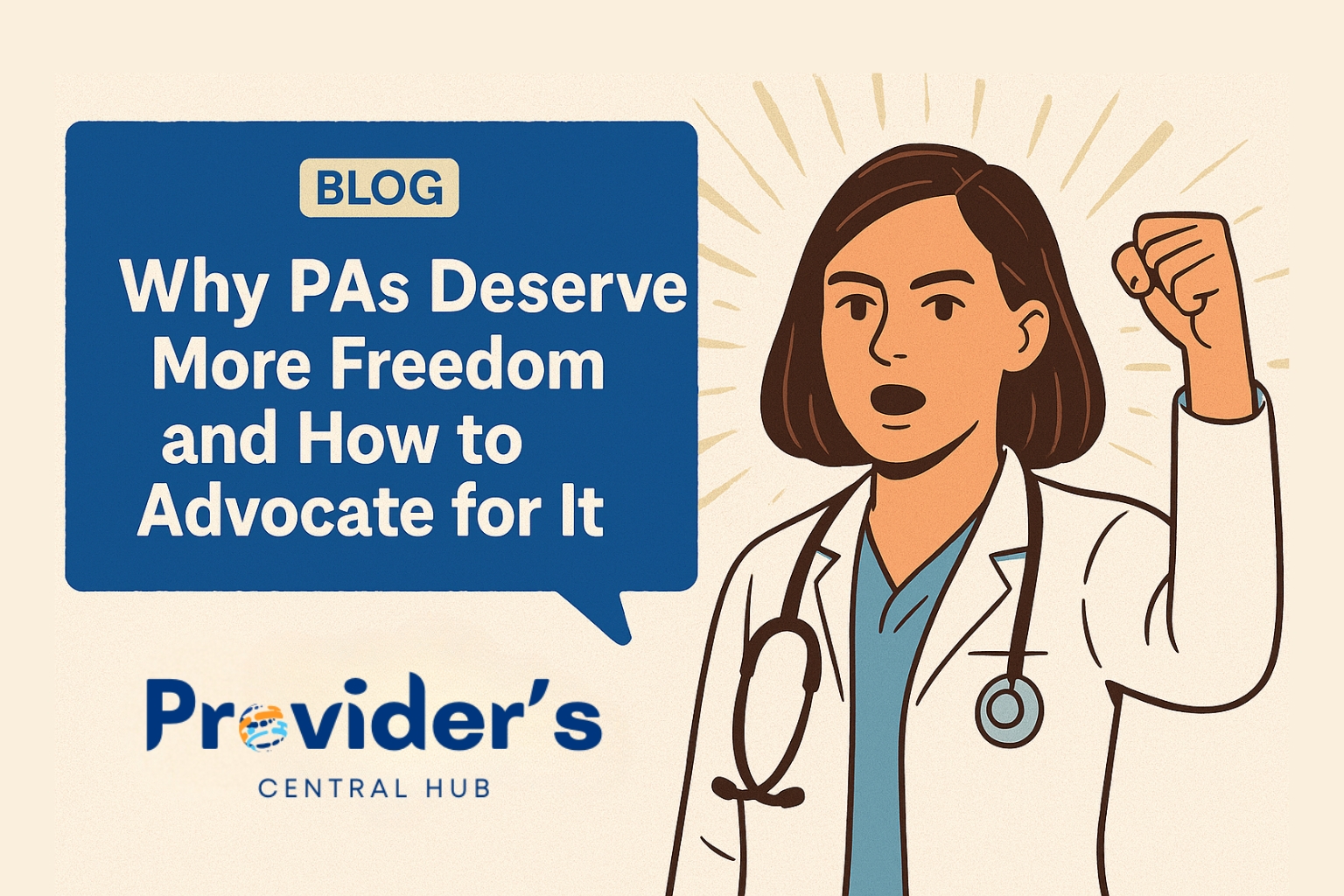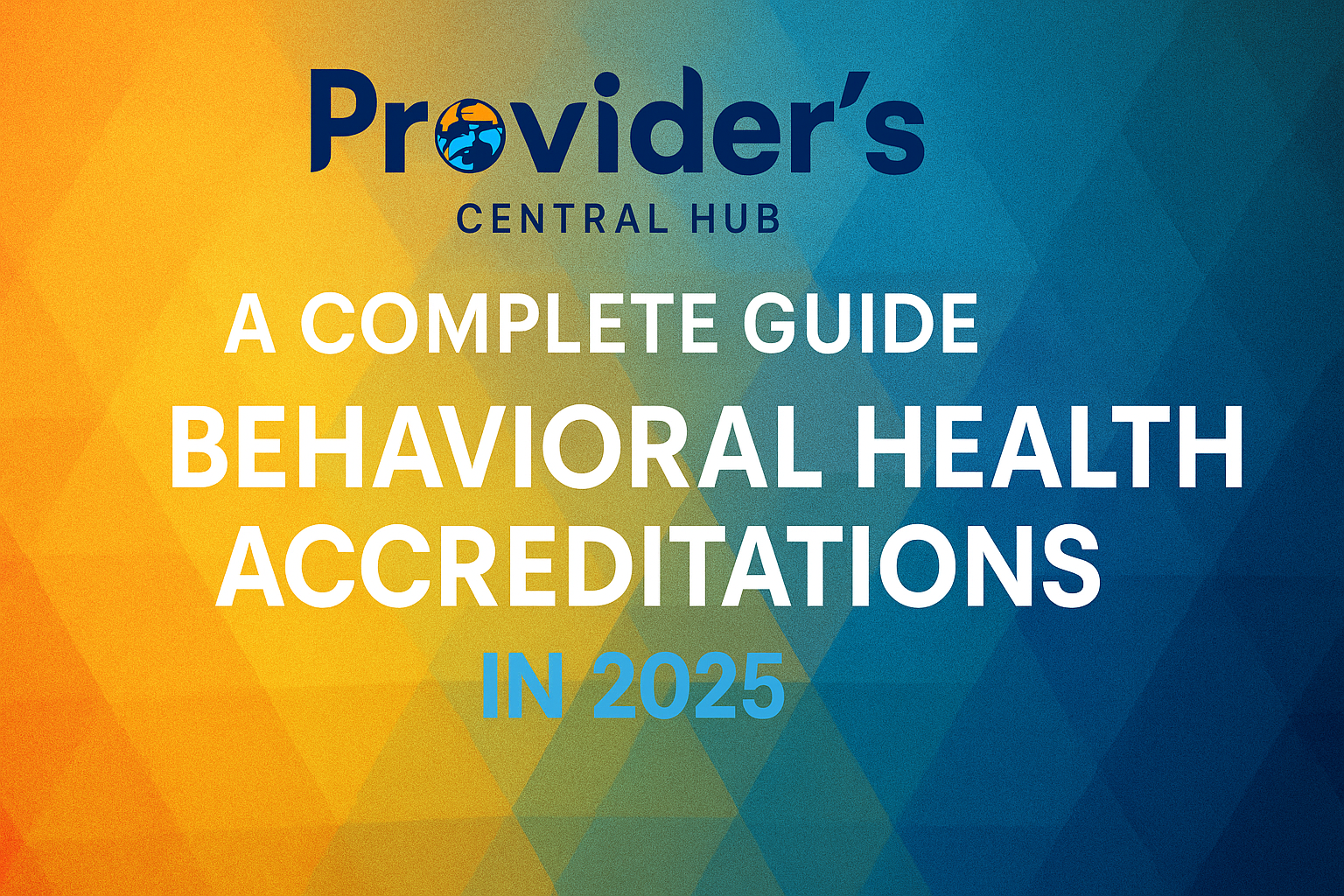Physician Assistants (PAs) are essential to the healthcare system, delivering top-notch care, improving patient outcomes, and helping fill gaps in provider shortages. With rigorous master’s-level training and clinical experience, PAs are equipped to diagnose, treat, and manage a wide range of conditions. Yet, outdated scope-of-practice laws in many states restrict their ability to work to their full potential, often requiring direct physician supervision or burdensome collaboration agreements. Expanding PA autonomy is critical to addressing healthcare challenges, reducing costs, and improving access to care. Here’s why PAs deserve more freedom and how healthcare professionals, patients, and advocates can push for change.
Why PAs Need More Freedom
- Highly Trained Professionals PAs undergo intensive education, including master’s programs and extensive clinical rotations, preparing them to provide high-quality care. Research from the American Academy of Physician Associates (AAPA) shows PAs deliver outcomes comparable to physicians in many settings, such as primary care and emergency medicine. Despite this, restrictive laws in some states limit their ability to practice independently, even when their expertise could benefit patients.
- Addressing Provider Shortages The Association of American Medical Colleges projects a shortage of up to 124,000 physicians by 2034, particularly in primary care and rural areas. PAs are ideally positioned to bridge this gap, but only if they’re allowed to practice with greater flexibility. States like North Dakota and Wyoming, which have modernized PA laws, have seen improved access to care, especially in underserved regions, without compromising quality.
- Boosting Efficiency and Cutting Costs Strict supervision requirements, like mandatory chart reviews or physician co-signatures, create administrative hurdles that slow down care and increase costs. Allowing PAs to practice autonomously within their scope reduces wait times, streamlines workflows, and lowers expenses for healthcare systems and patients. This also simplifies credentialing and billing processes, making healthcare delivery more efficient.
- Enhancing Patient-Centered Care PAs are known for their collaborative, compassionate approach. More autonomy enables them to make timely decisions, build stronger patient relationships, and provide consistent care, especially for chronic conditions. Patients benefit from faster access to skilled providers, which can be life-changing in urgent situations or underserved communities.
Barriers to PA Autonomy
Despite their qualifications, PAs face significant obstacles:
- Inconsistent State Laws: Scope-of-practice regulations vary widely. Some states allow collaborative agreements with flexibility, while others mandate direct physician oversight, creating confusion and inefficiencies.
- Professional Resistance: Some physician and nursing groups argue that expanding PA autonomy could overlap with their roles. However, evidence supports collaborative models where all providers thrive.
- Credentialing and Billing Challenges: PAs often face delays in getting credentialed or reimbursed due to payer policies tying their services to supervising physicians, complicating billing and limiting practice efficiency.
How to Advocate for PA Autonomy
Advocacy is key to unlocking PA potential. Here are practical steps to drive change:
- Join Professional Organizations Engage with the AAPA, which leads efforts to modernize PA laws. Attend events like the AAPA Leadership and Advocacy Summit to connect with legislators and share data on PA impact. Resources like the AAPA’s Advocacy Action Center (aapa.org) provide tools to stay informed and involved.
- Support Legislative Reform Advocate for state laws adopting the AAPA’s Optimal Team Practice (OTP) model, which promotes team-based care with PA autonomy. In 2024, states like New Hampshire eliminated collaboration agreement requirements, and 14 states are set to introduce similar bills this year. Contact lawmakers, share personal experiences, or testify at hearings to push for change.
- Amplify Voices Online Use social media and blogs to share PA success stories. Post on LinkedIn about how PAs improve patient care or join AAPA’s Huddle (aapa.org) to connect with peers. Engaging content can raise awareness and rally support for policy changes.
Expanding PA autonomy benefits everyone; patients get faster care, healthcare systems save money, and PAs can fully utilize their skills. In 2024, over a dozen states modernized PA laws, and 49 states plus DC now recognize PAs as Medicaid “rendering providers,” a big win for access. With 14 states planning practice modernization this year, momentum is growing, but more work is needed to overcome resistance and standardize regulations.
Are you a PA, healthcare leader, or patient who sees the value of PA-led care? Join the movement for change. Connect with your state’s AAPA chapter, share your story on social media, or reach out to legislators. Together, we can build a healthcare system that empowers PAs to deliver the care they’re trained for, improving outcomes for all.



